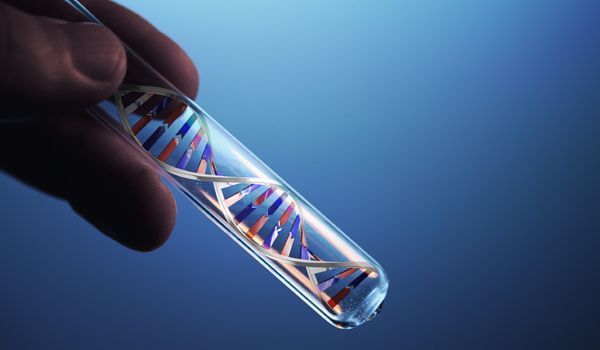How Does Cloning Work?

Cloning may invoke an image of an army of identical cows or sheep churned out factory-style, but in actuality, the process is much more laborious.
The term "cloning" generally applies to a process more technically known as somatic cell nuclear transfer. What that means is that the DNA from the cell of an adult animal (take cows, for example), called the "donor," is extracted from the cell (usually a skin cell taken in a biopsy) and inserted into an egg cell from another cow. The egg cell has had its nucleus removed so that it will read and duplicate the DNA of the donor cell.
The newly created embryo is then zapped with electricity so that it starts multiplying, until it becomes a blastocyst (a small clump of cells that forms after an egg is fertilized), which is then implanted into a surrogate mother. The resulting newborn will be an identical genetic replica to the donor cow.
Cows have been cloned more than other animals because obtaining eggs from the cow is slightly easier than for swine, said geneticist Bill Muir of Purdue University, an author of a 2002 National Academy of Sciences report on the scientific concerns of animal biotechnology.
This process differs from other methods of artificial breeding, such as in vitro fertilization, in that it uses adult cells, instead of embryos.
Follow Life's Little Mysteries on Twitter @llmysteries. We're also on Facebook & Google+.
Sign up for the Live Science daily newsletter now
Get the world’s most fascinating discoveries delivered straight to your inbox.

Andrea Thompson is an associate editor at Scientific American, where she covers sustainability, energy and the environment. Prior to that, she was a senior writer covering climate science at Climate Central and a reporter and editor at Live Science, where she primarily covered Earth science and the environment. She holds a graduate degree in science health and environmental reporting from New York University, as well as a bachelor of science and and masters of science in atmospheric chemistry from the Georgia Institute of Technology.










